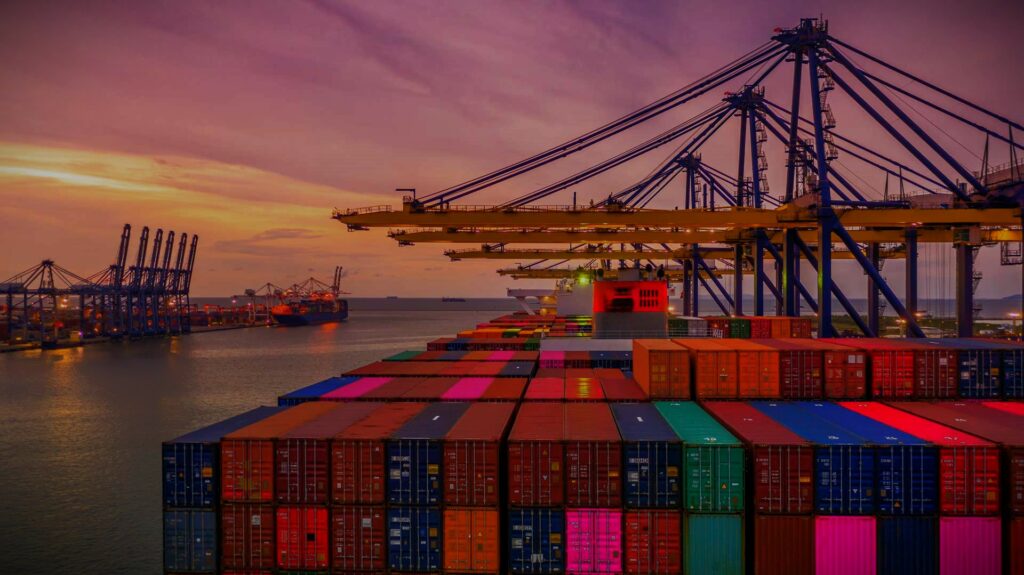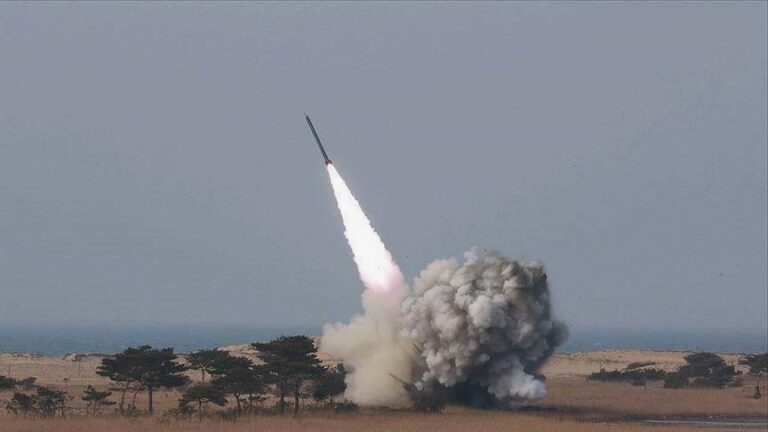
The Biggest Trade Shock Yet?
President Donald Trump has thrown another curveball into the global economy. On April 9, 2025, his administration enacted a staggering 104% tariff on all Chinese imports, marking one of the most aggressive trade policies in U.S. history. This move isn’t just about trade—it’s a calculated effort to reshape the economic battlefield between the world’s two largest economies.
But will it work, or is this a gamble that could backfire?
The Build-Up to a Trade Showdown
How Did We Get Here?
The trade war between the U.S. and China has been brewing for years, but Trump’s latest tariff escalation is unprecedented. Let’s break down the timeline:
- February 1, 2025 – The White House imposes a 10% tariff on all Chinese imports, citing national security risks and concerns about intellectual property theft.
- March 4, 2025 – The administration doubles down, raising tariffs to 20% across the board.
- April 9, 2025 – A game-changing move: an 84% tariff hike, pushing the total to 104% on Chinese imports.
This move, according to Trump’s economic team, is designed to force China’s hand in trade negotiations and encourage U.S. companies to bring manufacturing back home.
But China isn’t backing down.
China’s Counterstrike
Beijing wasted no time in responding. The Chinese government swiftly announced:
- A 34% tariff on all U.S. imports (effective April 10, 2025).
- Potential export bans on rare earth materials, critical for U.S. tech and defense industries.
- A crackdown on U.S. businesses operating in China, including additional regulations and restrictions on companies like Apple, Tesla, and Boeing.
Rather than caving to pressure, China is strategically retaliating, signaling that this trade war is far from over.
Who Wins, Who Loses?
Winners (Maybe)
- Domestic Manufacturers – Higher tariffs could push more production back to U.S. soil, benefiting industries like steel, aluminum, and electronics assembly.
- Mexico and India – Many businesses are already shifting supply chains away from China, and countries like Mexico, Vietnam, and India could become the next manufacturing powerhouses.
- Some U.S. Workers – If companies relocate production domestically, it could mean more factory jobs in America.
Losers (Immediately)
- Consumers – Prices on electronics, clothing, cars, and everyday goods are expected to skyrocket. A PlayStation 5? Expect to pay a lot more.
- Tech Giants – Apple, Microsoft, and Tesla rely heavily on Chinese suppliers. These tariffs could mean major price hikes and potential production slowdowns.
- Small Businesses – Sellers on Amazon and Etsy are already reporting supply chain disruptions, leaving them with a choice: increase prices or find new suppliers—both of which could hurt sales.
Market Chaos and Global Ripples
The financial markets are not taking the news well.
- The Australian Securities Exchange (ASX) dropped 1.86% as uncertainty spooked investors.
- Wall Street saw a sharp decline, especially in retail and tech stocks.
- Commodities like oil and gold surged, as investors seek safe-haven assets amid the turmoil.
Economists are warning that these tariffs could lead to long-term inflation, supply chain instability, and even global economic slowdowns.
What’s Next?
Trump’s tariff strategy is a high-stakes gamble. The administration is betting that:
- U.S. companies will rethink their reliance on China.
- China will be forced to negotiate a more favorable trade deal.
- American jobs will return as businesses look for alternatives.
But if the gamble fails?
- U.S. inflation could spiral out of control.
- The cost of living could become unbearable for millions of Americans.
- Relations between the U.S. and China could hit a breaking point, impacting everything from global trade to geopolitical stability.
Final Thoughts
Trump’s tariffs have set the stage for one of the most intense economic battles in modern history. Whether this strategy succeeds or sparks a full-blown economic crisis remains to be seen.
One thing is clear: The next few months will shape the future of U.S.-China relations, global trade, and the everyday prices Americans pay.
The trade war has just entered its most unpredictable phase.



